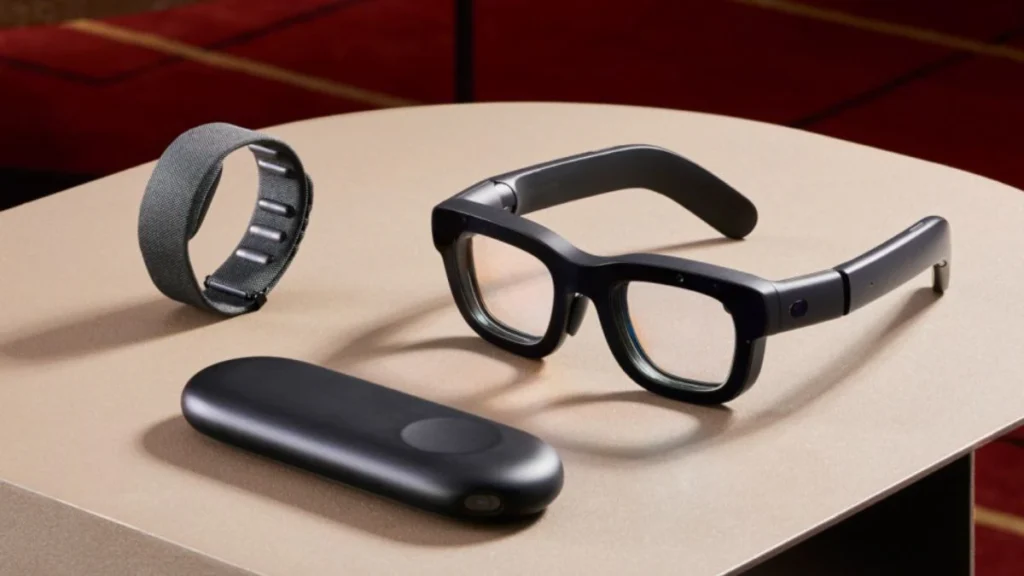A recent experiment conducted by two Harvard students has revealed a troubling potential use for Meta’s Ray-Ban smart glasses. According to the study, these smart glasses, when paired with advanced facial recognition and data search technologies, can instantly uncover sensitive personal information about anyone they focus on. This study highlights how privacy concerns are becoming increasingly severe as technology advances.
What’s Happening & Why This Matters
AnhPhu Nguyen and Caine Ardayfio, the creators of the study, demonstrated how Meta’s Ray-Ban 2 smart glasses could be modified to perform near-instantaneous personal data searches. By connecting the glasses to an online facial search engine called PimEyes, the students were able to access a wealth of information, including names, addresses, and phone numbers, all within seconds. They further accelerated the process by utilizing a large language model (LLM), which synthesized data pulled from various public databases.
This development is alarming because it shows that with minimal technical modifications, a device that looks like a regular pair of glasses can become a powerful tool for identity theft, stalking, or scams. In one unsettling example, Nguyen explained how someone could use the glasses to gather a person’s home address on public transport and potentially follow them.

The students created the project, which they called I-XRAY, to highlight the risks and vulnerabilities that rapid technological advancements can create. They chose Meta Ray-Ban 2 smart glasses specifically because they closely resemble everyday eyewear, allowing face scans to occur undetected. The goal of this demonstration was to raise awareness about the privacy risks that come with wearable technology, particularly as large language models and reverse image search engines become more refined.
Despite the disturbing nature of their findings, Nguyen and Ardayfio have refrained from releasing the code they used, to prevent misuse of the technology. However, they did provide a detailed explanation of how their system works. The public demonstration involved scanning random people in a subway station, using the glasses to access publicly available online information. The subjects were reportedly startled when they were presented with accurate personal details gleaned from these searches.
TF Summary: What’s Next?
This study is an eye-opening wake-up call for the hidden dangers of that enhanced wearables with advanced data aggregation tool can pose. The students behind the project expressed their desire to draw attention to privacy threats, but it also the explicit need for stronger facial recognition regulation and personal data access. Future discussions around tech development must consider potential risks, further ensuring that advancements don’t come at the expense of personal security. These technologies are still maturing; safeguarding individual privacy and oversight needs to mature alongside them.
— Text-to-Speech (TTS) provided by gspeech


